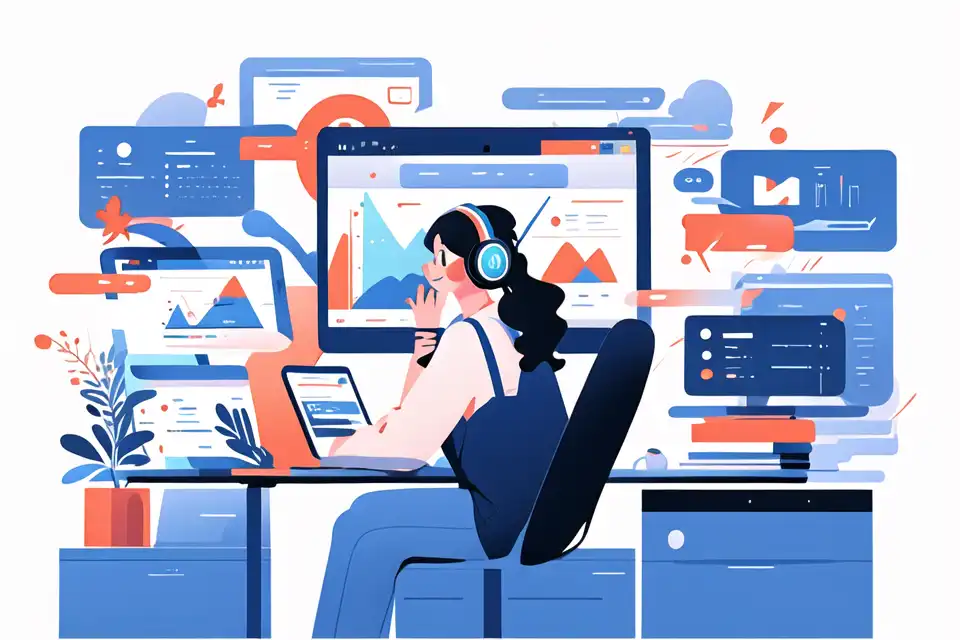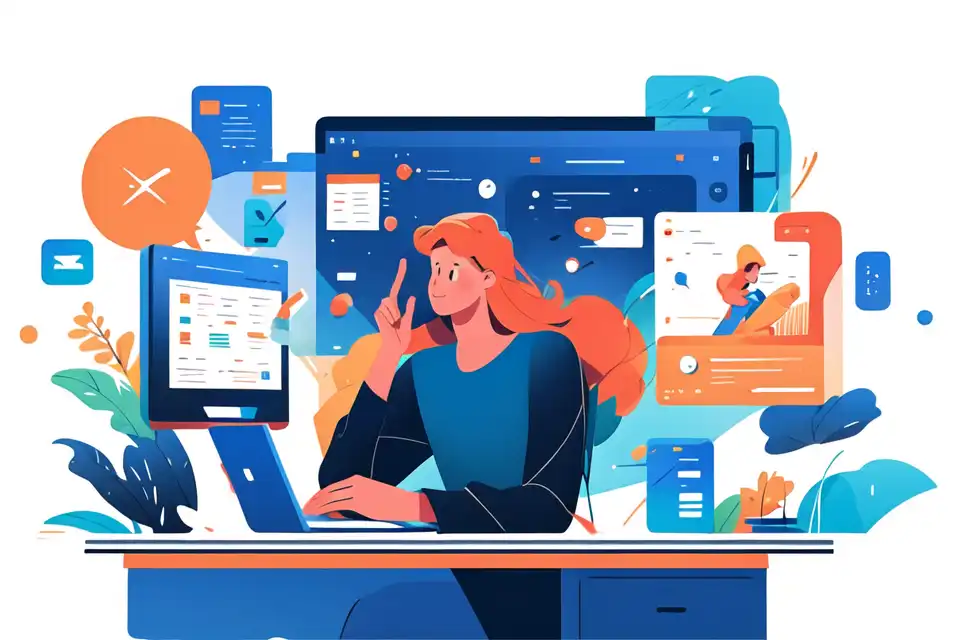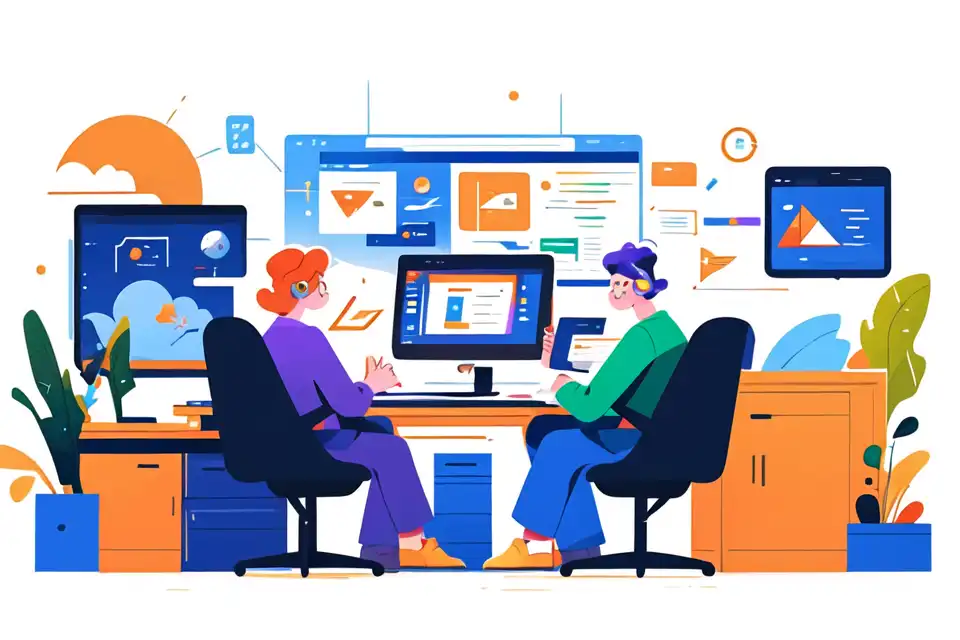Zero-Party Data
Understand what Zero-party data means in Gen Z context with the comprehensive Lark glossary guide. Explore essential terms and how Lark is loved by Gen Z workers.
Try Lark for Free
Leverage the all-in-one capabilities of Lark to engage with Gen Z workers.
What does zero-party data mean when your gen z staff say it?
Zero-party data, in the context of the Gen Z workplace, refers to the information that individuals willingly and proactively share with companies or organizations. It is the data that Gen Z employees provide directly, often through surveys, preferences, or opt-ins, to express their interests, needs, and desires. This type of data is different from first-party data, which is collected by companies through their interactions with customers, and third-party data, which is obtained from external sources. Understanding what Zero-party data means is crucial for effective communication and collaboration with Gen Z employees.
The origin of zero-party data
The origin of Zero-party data can be traced back to the growing demand for personalized and relevant experiences among Gen Z individuals. As digital natives, Gen Z employees are well aware of the value of their personal data and are more cautious about sharing it. They have become increasingly selective in providing their information, emphasizing transparency, control, and trust. This shift in mindset has led to the rise of Zero-party data as a concept and a practice within the workplace. Over the years, it has gained popularity among Gen Z employees as they seek more personalized and tailored experiences in their professional lives.
The alternative ways of saying it
Before the emergence of the term "Zero-party data," Gen Z staff may have used different expressions to convey a similar message. Some alternative ways of saying it could include:
- "Directly shared information"
- "Voluntary data"
- "Preferential insights"
- "Self-disclosed data"
These alternative expressions help convey the idea that Gen Z employees are willingly providing information about their preferences, needs, and interests, without relying solely on data collected through company interactions.
Learn why Lark is the next-gen collaboration tool built for Gen Z users, as well as young and fast-growing companies.
Workplace examples of gen z saying zero-party data
Example 1
Example 1
Gen Z employee: "I think it's important for us to gather Zero-party data from our customers to understand their preferences better. It would help us create personalized experiences that resonate with them."
Example 2
Example 2
Gen Z employee: "I love how this company respects my privacy and encourages Zero-party data collection. It makes me feel valued as an individual, knowing that my preferences are taken into account."
Example 3
Example 3
Gen Z employee: "We should leverage Zero-party data to gain deeper insights into our target audience. By directly asking them for their preferences, we can tailor our marketing strategies accordingly."
Related terms and concepts to zero-party data in gen z context
Related Term or Concept 1
First-party data: This refers to the information collected directly by a company or organization from its customers or audience. It includes data obtained through interactions, transactions, and engagements with individuals.
Related Term or Concept 2
Third-party data: Unlike Zero-party data, third-party data is collected from external sources and not provided directly by individuals. It is often aggregated data from various platforms or data providers.
Related Term or Concept 3
Personalization: Personalization refers to the process of tailoring products, services, or experiences to meet the specific needs, preferences, and interests of individuals. Zero-party data plays a crucial role in enabling effective personalization strategies for Gen Z employees.
Learn why Lark is the next-gen collaboration tool built for Gen Z users, as well as young and fast-growing companies.
Conclusion
In conclusion, Zero-party data is a term used by Gen Z employees to describe the information they willingly provide to companies or organizations. Understanding and leveraging Zero-party data is essential for businesses to create personalized experiences and tailor their strategies to meet the needs of Gen Z employees. By respecting privacy and building trust, companies can effectively gather and utilize Zero-party data to enhance their workplace practices.
To make the most of Zero-party data in the Gen Z workplace, consider taking the following actions:
- Consult with experts in data privacy and ethics to ensure compliance and responsible data usage.
- Implement strategies to collect Zero-party data, such as surveys, preference centers, and opt-in mechanisms.
- Conduct further research on best practices for utilizing Zero-party data to improve employee experiences and drive business growth.
Leverage the all-in-one capabilities of Lark to engage with Gen Z workers.








